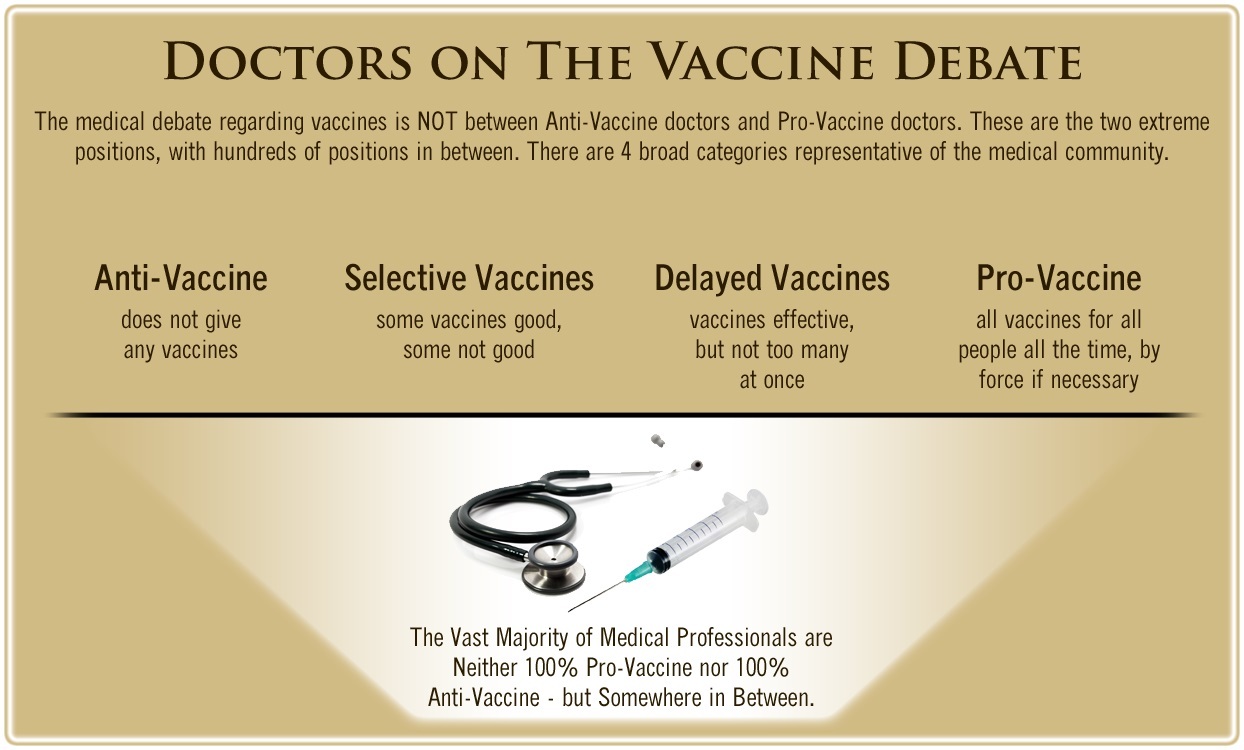by Rishma Parpia
The Vaccine Reaction
The substance known as “gelatin” is a protein usually obtained from cows or pigs and produced by the partial hydrolysis of collagen extracted by boiling animal parts such as cartilage, tendons, skin, bones and ligaments in water. [1] It acts a stabilizer, thickener and texturizer in food products such as yogurt, cream cheese, ice cream, marshmallows, etc. It is also used in the manufacturing of vitamin and drug capsules and cosmetics and is an ingredient in vaccines. [2]
Gelatin is Used in 11 Vaccines Licensed in the U.S.
According to the U.S. Centers for Disease Control and Prevention (CDC) vaccine excipient list, the following eleven vaccines contain gelatin [3]:
- Influenza (FluMist) Quadrivalent
- MMR (MMR- II)
- MMRV (ProQuad) (Frozen)
- MMRV (ProQuad) (Refrigerator Stable)
- Rabies (Imovax)
- Typhoid (Vivotif Ty21a)
- Varicella (Varivax) (Frozen)
- Varicella (Varivax) (Refrigerator Stable)
- Yellow Fever (YF-Vax)
- Zoster (Zostavax) (Frozen)
- Zoster (Zostavax) (Refrigerator Stable)
In the past, the tetanus, diphtheria and pertussis vaccine (Tdap) also contained gelatin; however, current formulations are now manufactured without gelatin. [4]
Gelatin is used as a stabilizer in vaccines and primarily comes from pigs. [5] The role of stabilizers in viral vaccines is to help the vaccine maintain its effectiveness during storage. Stabilizers are necessary in vaccines, particularly where the cold chain is unreliable. Instability of the vaccine, which can be caused by changes in temperature and pH, can lead to the loss of the antigenicity and decreased effectiveness of the attenuated virus present in the vaccine. [6] The live virus measles, mumps, and rubella (MMR), Varicella (chickenpox) and Zoster (shingles) vaccines contain the highest doses of gelatin. [4, 7]
Gelatin is the Most Commonly Identified Cause of Allergic Reactions to Vaccines
In the early 1990s, several reports implicating the presence of gelatin in live virus vaccines to the occurrence of anaphylactic allergic reactions came to light, and were reported in the medical literature in Japan. [8] The increasing number of Japanese patients with allergic reactions after administration of gelatin-containing vaccines became more widely recognized, including after administration of DTaP vaccine. [9]
In 1993, there was a single case report in the United States of a documented anaphylactic reaction to the MMR vaccine in a 17-year-old female that occurred in 1991. Tests confirmed that her serum immunoglobulin E (IgE) antibodies to gelatin were elevated which initiated further investigation into gelatin-mediated vaccine reactions. [10]
Prior to the release of this case report, it was believed that allergic reactions to the MMR vaccine was related to an egg allergy; however, at the time, it was found that only 2 of 28 Japanese patients who reported anaphylactic reactions to the MMR vaccine were allergic to eggs. [11]
Thereafter, researchers in Japan began investigating whether anaphylactic reactions to the MMR vaccine in some individuals were triggered by a gelatin allergy. Results from several studies suggested that immediate reactions to vaccines containing gelatin were often due to a gelatin allergy. [10] One question raised regarding gelatin-related allergic reactions was—how did the patients become sensitized to gelatin to begin with? Allergist and immunologist John Kelso, MD explains:
Clinical allergy to the ingestion of gelatin may or may not be present in patients who have allergic reactions to the systemic injection of gelatin. Reactions to a gelatin-containing vaccine may occur after the first dose of vaccine because of prior exposure to (and sensitization from) gelatin in other medications or vaccines or by ingestion of gelatin-containing foods. [10]
What this essentially means is that people with a gelatin food allergy may develop an anaphylactic reaction after receiving a gelatin-containing vaccine; however, it has also been reported that people without a prior gelatin allergy can also experience anaphylactic reactions in response to gelatin-containing vaccines. This is believed to be a result of the injection route of vaccine administration (injection versus ingestion). [12]
Dr. Kelso further adds:
An electronic search of the 1998 Physicians’ Desk Reference revealed 360 different products that contain gelatin. Most of these are gelatin capsules for oral administration; however, I am aware of only a single case in which a gelatin capsule has been suspected of causing an allergic reaction. As would be expected, administering gelatin to a sensitized person by injection or intravenously, as with the reports above, would pose the greatest risk for anaphylaxis. [10]
Based on these findings, vaccine manufacturers in Japan removed gelatin from DTaP and all live virus vaccines by 2000. [13] Dr. Kelso states, “If someone has had an allergic reaction to a vaccine, gelatin is high on the list of culprits. Japan has since removed gelatin from its vaccines, or more thoroughly degrades it before putting it into the immunization, and has since seen a huge drop-off in anaphylactic death.” [7, 11]
Despite this evidence, gelatin continues to be used as a vaccine ingredient in vaccines distributed in the U.S.
Read the full article at TVR.org.
References
1 Drugs.com. Gelatin–What is it? Drugs.com.
2 Djagny VB, Wang Z, Xu S. Gelatin: a valuable protein for food and pharmaceutical industries: review. Critical Review in Food Science and Nutrition 2001; 41(6): 481-92.
3 Centers for Disease Control and Prevention. Vaccine Excipient and Media Summary. CDC.gov.
4 The Children’s Hospital of Philadelphia. Vaccine Ingredients – Gelatin. Vaccine Education at the Children’s Hospital of Philadelphia 2016.
5 The Children’s Hospital of Philadelphia. Vaccines and Allergies: What You Should Know. Vaccine Education at the Children’s Hospital of Philadelphia 2015.
6 Vaccine Safety Basics. Components of a Vaccine. World Health Organization.
7 Fiore K. ACAAI: Gelatin a Culprit in Some Vaccine Reactions. MedPage Today Nov. 9, 2009.
8 Sterbank J, Horbal J, Toller-Artis E, Hostoffer R. Parental Concerns of Hypersensitivity Reactions to Gelatin, Antibiotics and Latex in Vaccines. AOA Health Watch Jun. 2012.
9 Nakayama T, Aizawa C, Kuno-Sakai H. A clinical analysis of gelatin allergy and determination of its causal relationship to the previous administration of gelatin-containing acellular pertussis vaccine combined with diphtheria and tetanus toxoids. Journal of Allergy and Clinical Immunology 1999; 103(2 Pt. 1): 321-5.
10 Kelso JM, Jones RT, Yunginger JW. Anaphylaxis to measles, mumps, and rubella vaccine mediated by IgE to gelatin. Journal of Allergy and Clinical Immunology 1993; 91(4): 867-72.
11 Kelso JM. The Gelatin Story. Journal of Allergy and Clinical Immunology 1999; 103(2): 200-202.
12 Chung EH. Vaccine Allergies. Clinical and Experimental Vaccine Research 2014; 3(1): 50-57.
13 Sakaguchi M, Inouye S. Systemic allergic reactions to gelatin included in vaccines as a stabilizer. Japanese Journal of Infectious Diseases 2000; 53(5): 189-95.
Medical Doctors Opposed to Forced Vaccinations – Should Their Views be Silenced?
One of the biggest myths being propagated in the compliant mainstream media today is that doctors are either pro-vaccine or anti-vaccine, and that the anti-vaccine doctors are all “quacks.”
However, nothing could be further from the truth in the vaccine debate. Doctors are not unified at all on their positions regarding “the science” of vaccines, nor are they unified in the position of removing informed consent to a medical procedure like vaccines.
The two most extreme positions are those doctors who are 100% against vaccines and do not administer them at all, and those doctors that believe that ALL vaccines are safe and effective for ALL people, ALL the time, by force if necessary.
Very few doctors fall into either of these two extremist positions, and yet it is the extreme pro-vaccine position that is presented by the U.S. Government and mainstream media as being the dominant position of the medical field.
In between these two extreme views, however, is where the vast majority of doctors practicing today would probably categorize their position. Many doctors who consider themselves “pro-vaccine,” for example, do not believe that every single vaccine is appropriate for every single individual.
Many doctors recommend a “delayed” vaccine schedule for some patients, and not always the recommended one-size-fits-all CDC childhood schedule. Other doctors choose to recommend vaccines based on the actual science and merit of each vaccine, recommending some, while determining that others are not worth the risk for children, such as the suspect seasonal flu shot.
These doctors who do not hold extreme positions would be opposed to government-mandated vaccinations and the removal of all parental exemptions.
In this article, I am going to summarize the many doctors today who do not take the most extremist pro-vaccine position, which is probably not held by very many doctors at all, in spite of what the pharmaceutical industry, the federal government, and the mainstream media would like the public to believe.







Leave a Reply